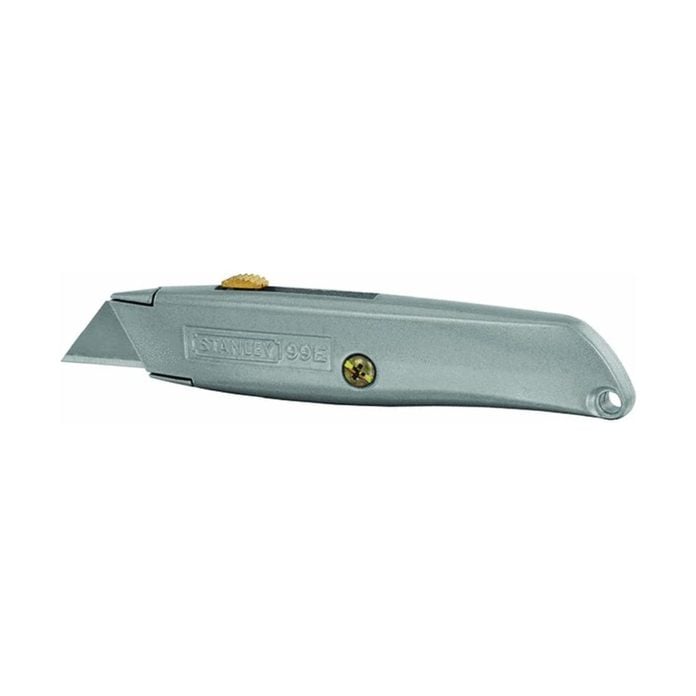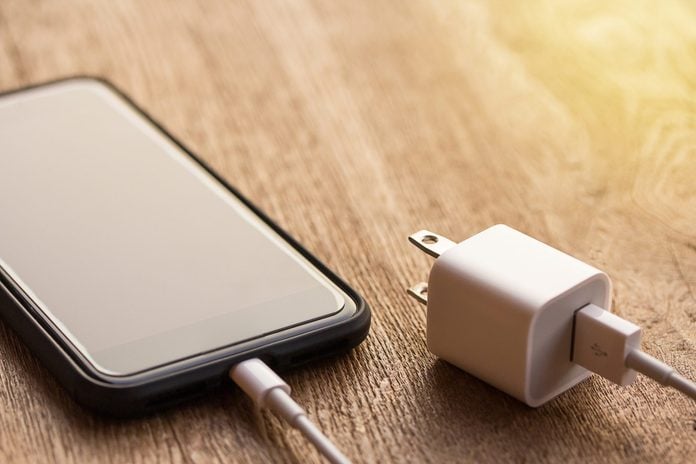New products are constantly making DIY projects faster, easier and cheaper. Introducing these products is and always has been part of our mission. In fact, many of the most important advances were first publicized in Family Handyman. Here are a few of our favorite DIY breakthroughs.

The Tape Measure
The basic idea goes back centuries, and by the mid-1800s there were tape measures much like the ones we use today. But early tapes were finicky and super expensive (about $300 in today’s dollars). So most DIYers and pros stuck with the old “folding rule.” Finally, as manufacturing became better and cheaper in the 1950s, everyone, including Family Handyman, made the switch to tapes.

Family Handyman Magazine
In 1951, a publishing brand devoted to DIY was a radical idea. Today, that idea — and the brand that launched it all — is now at an all-time high in popularity. The founders of Family Handyman would be thrilled. They hoped to serve thousands of DIYers. Their radical idea now serves millions through this magazine, how-to books and the website.

Pegboard
It just might be the greatest organizing invention of all time. The ad in 1957 said it all: “Turn any wall into a working wall with famous Masonite Peg Board.” At that time, inventors were already working on ways to keep the hooks from falling out. Nobody has found the perfect solution yet.

The Motorized Mower
The first issues of Family Handyman included only push-powered reel mowers, which made mowing a hard workout. But before long, ads and articles on gas-powered models appeared. Many of them were just motorized reel mowers, not the rotary mowers we use today. There was even a riding rotary mower!
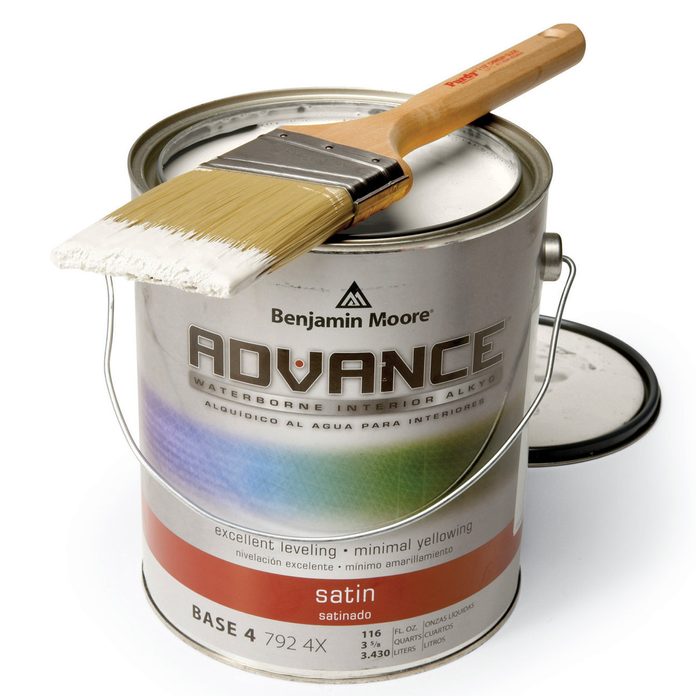
Water-based Paint
Acrylic latex paints hit the market in the 1950s, and Family Handyman quickly jumped on the bandwagon. But for decades, people held on to the notion that oil-based paints were better. As late as the 1980s, we were still trying to convince the skeptics that acrylic paints were superior — and a whole lot easier to clean up.

The Paint Roller
The first rollers produced in 1938 by David and Morris Welt were nearly worthless for applying paint. They just didn’t soak up enough paint to coat a large area. But the Welts did find that their “stipple roller” was great for giving paint a consistent texture after it was brushed on.
Over the next decade, manufacturers developed fabrics that held paint better. But consumers were apparently skeptical. In 1953, Family Handyman was still encouraging readers to “try a paint roller.”

Drywall
It’s hard to fully appreciate drywall unless you know how bad things were before: Walls were covered with wood or metal lath (which took lots of time) and coats of plaster (which took lots of skill). A giant trowel, or “darby,” was used to flatten plaster. Family Handyman generally recommended that DIYers steer clear of plaster work, but enthusiastically endorsed drywall as “the only way to go” in 1960.

Safety Gear
Apparently, nobody thought much about eye, ear and lung protection during the first decades of Family Handyman. Only in the 1970s did it begin to show up. We even found photos in the 1980s that made us cringe: This guy really needs a dust mask and hearing protection.

Snap-together Flooring
In the early days of Family Handyman, every option for flooring required lots of time, skill and tools. Things got a little better over the decades, but nothing simplified DIY flooring half as much as today’s interlocking laminate or luxury vinyl floors.

The Skinny 2×4
In 1964, the American Lumber Congress set 1-1/2-in. x 3-1/2-in. as the standard (not 2 in. x 4 in.). That may sound like a rip-off — less lumber for your money. But it made building much easier. Before the mandated standard, 2x4s from the same mill could vary in width or thickness by 1/2-in. or more.
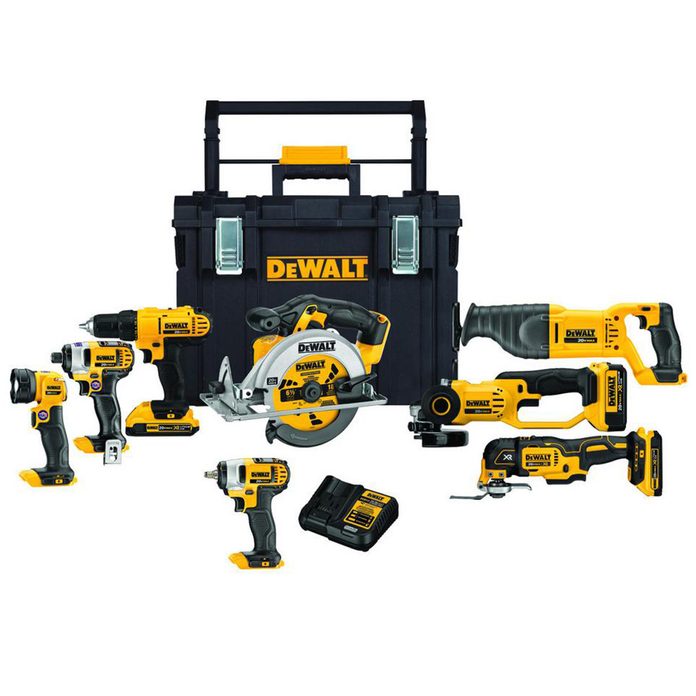
Affordable Power Tools
Nothing has made DIY faster, easier (or more fun!) than the falling cost of power tools. We took prices from 1950s ads and punched them into an inflation calculator. A typical drill cost about $200 and a circular saw about $300. Sanders were especially pricey: more than $300.

The Nail Gun
Air-powered nail guns showed up at about the same time as Family Handyman. But they (and compressors) were just too expensive for DIYers and didn’t appear in the magazine until 1993. Even then, an inexpensive brad nailer cost about $200 in today’s dollars. Today, you can get a good gun and compressor combo for less than that.
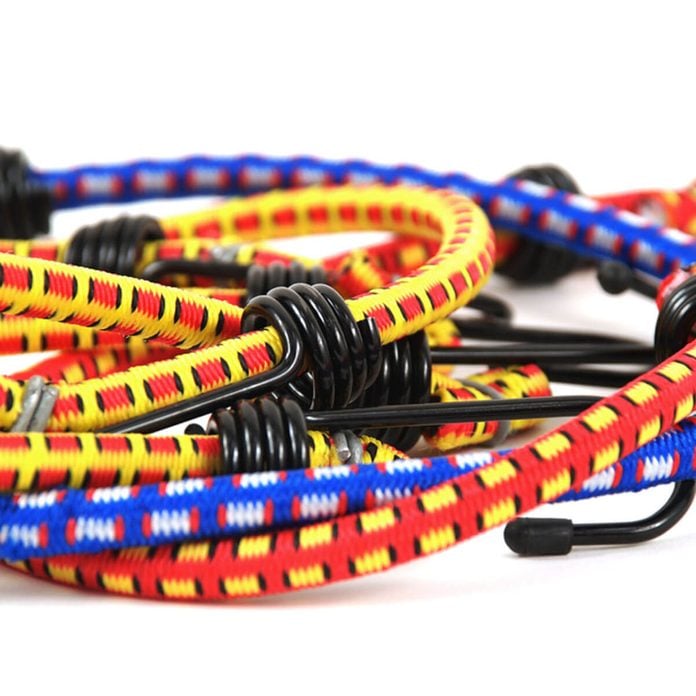
The Bungee Cord
Soldiers returning from World War II introduced the stretchy strap into civilian life. The era of bungee misuse soon began, with roof-rack cargo strewn across highways, bad bumper repairs and hook-shaped scarring of scalps.

Plastic Pipe
In the old days, using steel pipe for waste lines and vents required know-how and expensive equipment. Cast iron was even worse: Connections were sealed with molten lead! Thanks to PVC and ABS pipe, we don’t have to melt lead in our basements.

Drill Driving
The experience of driving screws with a drill was “a pleasant surprise” to our editors in 1960. There was a problem, though: Many drills weren’t reversible and couldn’t remove screws.

Nonmetallic Cable
Armored cable — wires encased in flexible metal — is still required for some jobs. But luckily for us weekend electricians, “nonmetallic” cable — wires sheathed in a plastic jacket — became the norm in the 1960s. Wiring a switch or outlet hasn’t changed much, but working with nonmetallic cable is a whole lot faster and easier.

Pocket Hole Joinery
Craig Sommerfeld didn’t invent pocket hole joinery when he built his own “Kreg Jig” in 1986. He did something even better: He turned an industrial method for joining wood into an easy, affordable option. Today, it’s still an option used by most woodworkers (pros or DIYers).

The Chainsaw
The first wood-cutting chain saws were big beasts that required two lumberjacks to operate. One-person models hit the market at about the same time Family Handyman launched. But the basic concept — a sharp chain racing around a bar — goes way back to an 1830s surgical tool designed to cut bone. Good concept for a horror movie?

Bagged Concrete
Need to set a fence post? Here’s the old process: Go buy some Portland cement, sand and gravel. Carefully measure the proportions of each, then add water and mix. Then bagged concrete came along. As the ad in the very first issue of Family Handyman said, “Just add water.”

Push-on Plumbing Fittings
A ton of testing shows that push-on connectors (such as SharkBite fittings) are reliable. Still, it’s hard for some of us to accept. Can something so easy really be good?

Duct Tape
While working in an ordnance factory during World War II, Vesta Stoudt suggested waterproof tape would provide a reliable, removable seal for ammunition boxes. Management didn’t pursue the idea, but Vesta persisted. With two sons in the Navy, for her this was personal and patriotic.
She sent a letter and diagrams to President Roosevelt, and the War Department quickly put her idea into production. Soldiers soon discovered that the strong, super-sticky tape had a million uses. Later, HVAC installers found that it worked well to seal ductwork. Today we have better tapes for ducts, but the name lives on.


